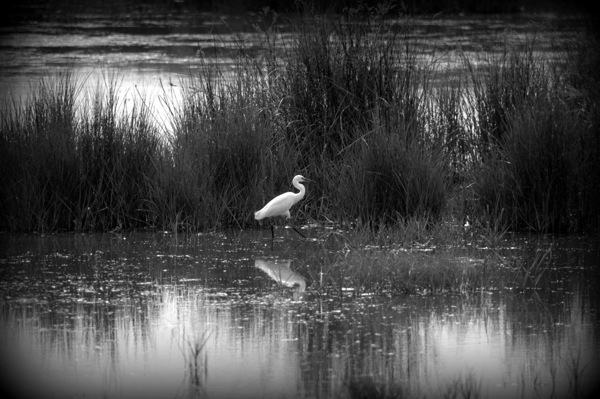Left Nimes May 10
Avignon 13 chez M. de Pailleu à Arles. 17.
The Caymargue[1] and the Crau[2]
The Crau is commended for the wine that grows therin. It is a greasey or juicey wine; which may, since the quantitie of them is soe great, give a particular concoction to the nourishment of the vine. V.[ide] my Lord Bacons S. Sil.[3]
The Crau though extremely barren is washt. the Caymarque
Left Arles June the 16th I \lodged at/ through [[two words]] the night and next day dined at Aix.[4]
[1] The Camargue, the delta of the River Rhône, which is primarily wetland.
[2] La Crau is just east of the Grand Rhone, and is a dry and treeless plateau. The plateau of La Crau has the appellation of Chateauneuf du Pape, its terroir characterized by round pebbles from the Rhône, and a layer of blue clay that regulates humidity in summer. The terroir produces strongly characteristic and highly prized wines, deep and complex. When Lister refers to ‘quantity of them’ he may have been referring to the huge quantities of stones under the vines, which concentrate the heat around the plants and promote ripening and sugar production.
[3] Francis Bacon, Sylva Sylvarum, or, a naturall historie (London: J.H., 1626), 119 and 160. Bacon noted that wine can possess a type of oiliness, and that the lees of wine were a good compost to increase the ‘lust or spirit of the root’.
[4] The distance between Arles and Aix is 50 miles, so Lister would have been travelling quickly, as it is at the outer limit that a forced horse can travel.

